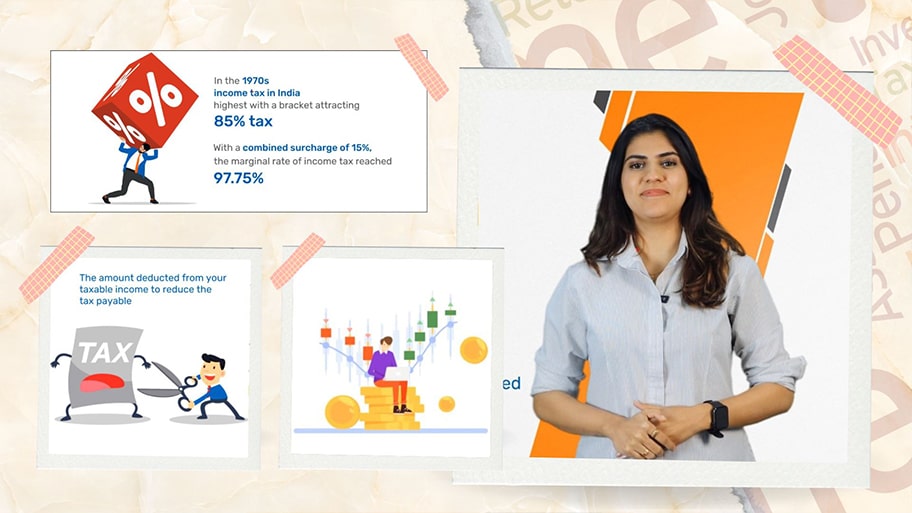Strategies to Manage Education Loans
Managing an education loan might seem complicated, but there could be ways to make it simpler and more manageable. In this video, we’ll explore practical strategies to help you manage your education loan with ease.
We’ll uncover how to avoid over-borrowing, calculate your expenses, and choose the right lender based on interest rates, repayment terms, and moratorium periods. We’ll also highlight the benefits of scholarships and financial aid, which could reduce the total loan amount.
You’ll discover repayment strategies, such as automating EMIs, prepaying the loan when possible, and transferring your loan to a lender offering better rates. We’ll discuss how to manage interest rates, access lender concessions, and benefit from tax deductions under Section 80E of the IT Act.
We’ll also address common repayment challenges, like handling financial hardships or job loss, and show how lenders might support you through repayment restructuring or deferment.
With these strategies, you might be able to manage your education loan more effectively, reduce financial stress, and stay focused on your academic journey.

Key Takeaways
Borrowing only what is needed might help avoid unnecessary debt and reduce overall repayment stress
Scholarships and financial aid from universities or government bodies could reduce the amount you need to borrow
The moratorium period offered by some lenders might allow you to delay repayments during and after the course
Students from economically weaker sections might benefit from interest subsidies under government schemes like Central Sector Interest Subsidy (CSIS)
Comparing interest rates, repayment terms, and lender options could help you choose an education loan better suited to your needs
Some lenders might allow you to begin repayments during the moratorium period to reduce the total interest payable
Automating EMI payments might help avoid missed deadlines and protect your credit score from being impacted negatively
Prepaying a loan when you have extra funds could reduce the principal amount and future EMIs
Transferring your education loan to a lender with better rates might help reduce the overall repayment burden
Section 80E of the IT Act might allow tax deductions on the interest paid on education loans for up to 8 years
What to Watch Next
Bites






































